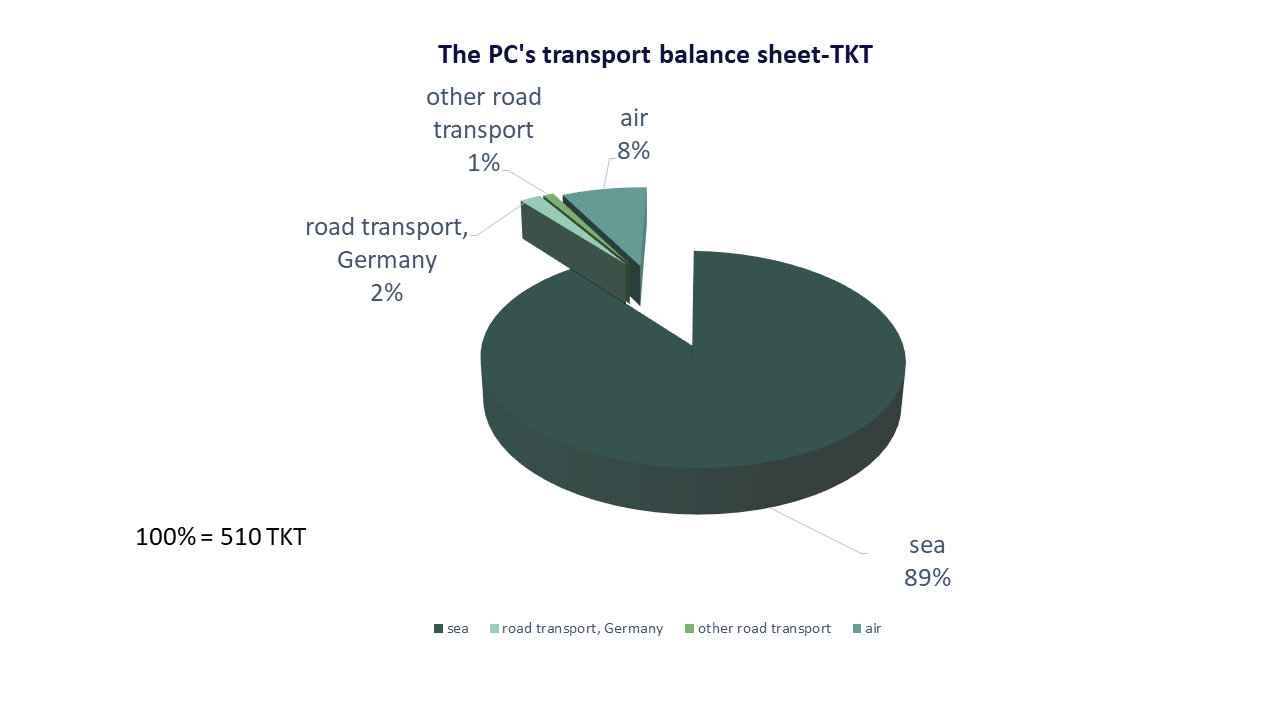Global Supply Chain and Logistics
1. Introduction
This topic gives you a first insight into the topic of "Mobility of Goods and Logistics Systems" and its most important definitions. Besides that, you will get to know what you need to take into account while designing a supply chain. Because all kind of transport is having an environmental impact, we will show you, what measures can be taken to reduce this negative impact.
- to make the related functions and processes more efficient and more reliable, and
- also to reduce its impact on society or the environment
First, you will learn some basic definitions for understanding the topic cluster ”MoGoLo” better. Afterwards, the conceptual system model of transport and traffic will be introduced. As this system model is used to structure topics 3 – 7, it is presented in detail in topic 2. Based on this underlaying understanding you will learn how to design a supply chain and what needs to be taken into account while doing so. As all kind of transport is having an environmental impact, the last chapter of this topic will give you more information about the ecological dimension of goods movement and possible measures to reduce this impact.
A PC from around the world
The PC‘s transport balance sheet – TKT
- The diagram "A PC's transport balance sheet" (TKT) shows the sum of tonne kilometres transported of all parts and components as well as of the finished computer. In total all transport processes of the PC and all its parts amount to 510 TKT.
- Nearly 90 percent of the total TKT is covered by container vessels due to long distance transports and heavy goods.

The PC's transport balance sheet - CO2-equivalent
- The transport of the PC is emitting CO2.
- In total the PC has a “climate relevant backpack” from 46.2 kg of CO2 emissions.
- The diagram "A PC's transport balance sheet - CO2" shows that most of the climate relevant impacts result from the transport with airplanes.
- Compared to the previous figure, it is clear that the decision for one mode of transport from an economic point of view is different from an ecological one.

Literature
- Kerkhoff, C. (2004): Standortverflechtungen und Verkehrsaufkommen bei Herstellung und Vertrieb eines Personalcomputers. Unpublished Thesis TU Dortmund University. Own translation